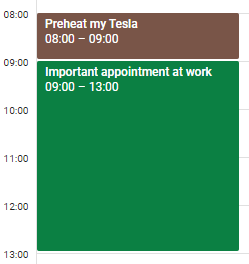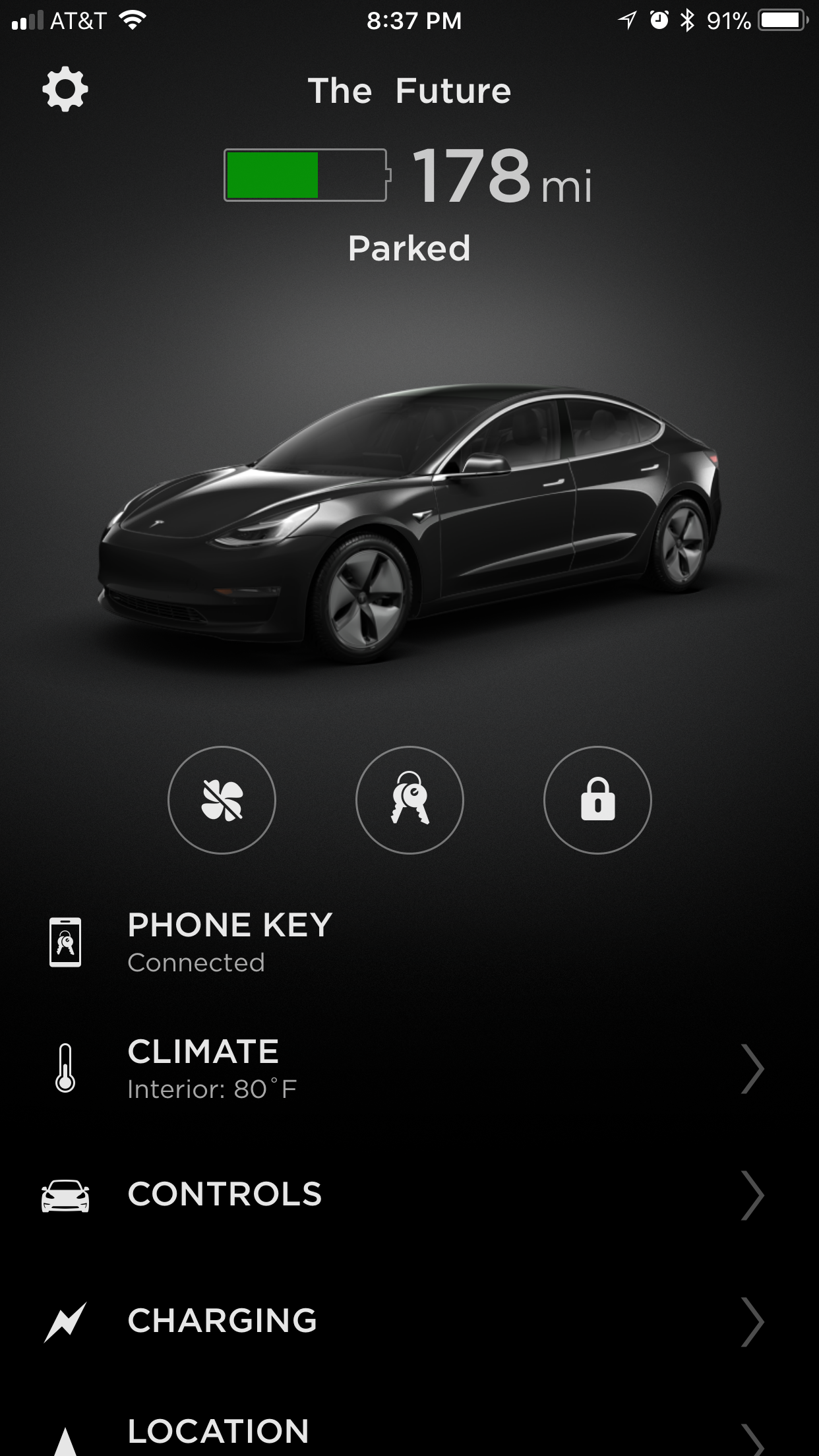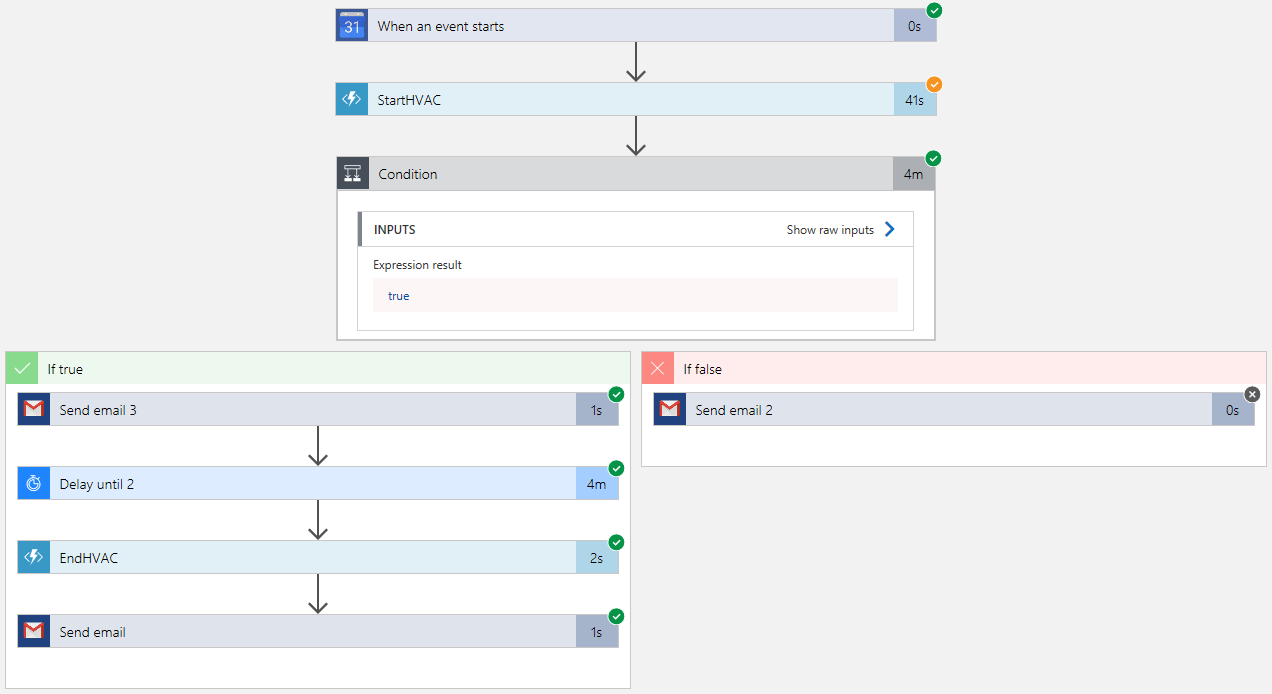Political correctness
Now I’m really going off the deep end with respect to what this blog is supposed to be about. But since it is a personal blog, I’m allowed to do that. And it is something I seem to run into more frequently: political correctness.
The trigger for this blogpost is the newspaper of this morning; school changes “carnaval” to “dress up party”, because carnaval is a faith related festivity (Roman Katholik to be exact) and they are a public school.
Really?
Carnaval may be faith related, but it’s not like they are not going to celebrate it. The whole southern half of our country does, Katholik or not, and it’s simply called carnaval. It has to have a name, you know, so people know what you are talking about. Dress up party is what children do, carnaval is something quite different.
By now we’ve changed the name of pastries; “moorkop” became “roomkop” because it referred to someone with a dark skinned head, and yes, it is made with dark chocolate. We’ve undarken black piet into someone with smears. And the list goes on and on. Everything needs to be politically correct nowadays, so that no one can be offended.




